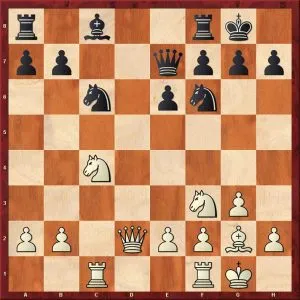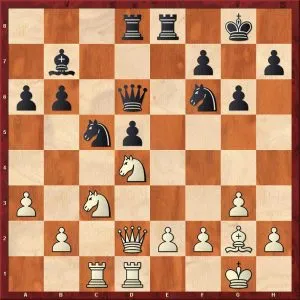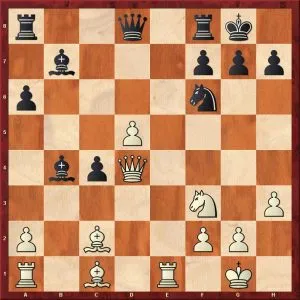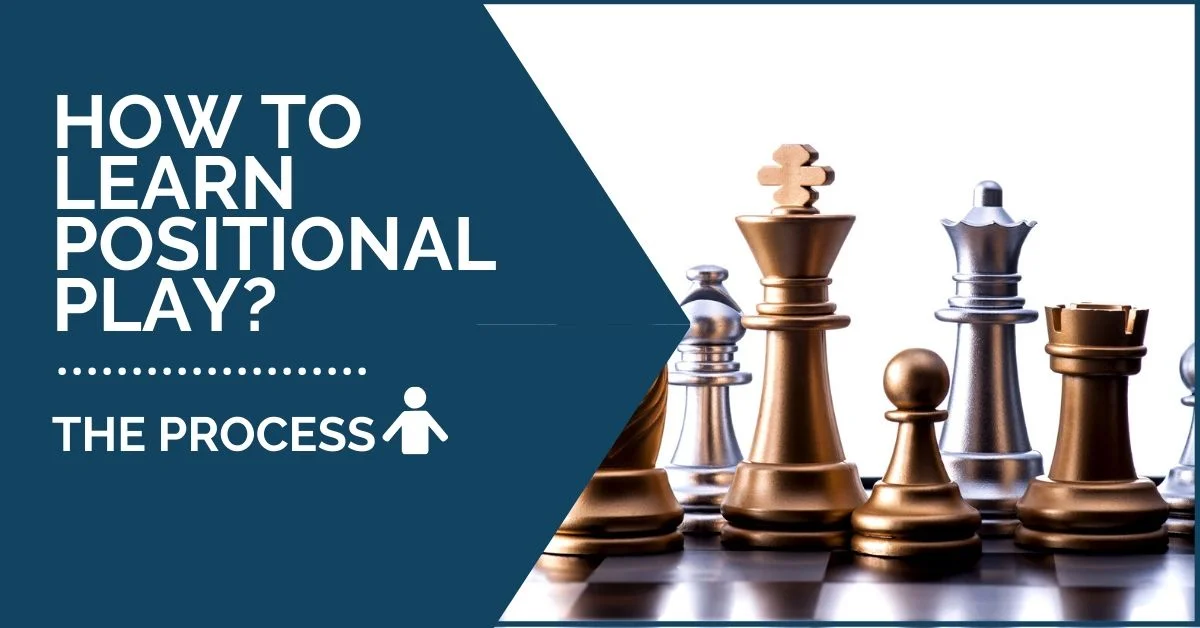Permanent vs. Temporary Advantages

A basic rule in chess tells us that in order to obtain a better position and win a game we must keep accumulating small advantages throughout the game. We should try to create weaknesses in our opponent’s structure, control the open files, weaken his king, gain space, fight for the initiative and so on.
While all this is very good and should be taken into account at all moments during the game, it is not enough.
We must also be familiar with the way of exploiting an advantage once we have gained it. Without this, we could waste it without even realizing.
In chess, we have two types of advantages – permanent and temporary ones. Under the first category fall those advantages that cannot be taken away from you, for example, the bishop pair in an open position or a better pawn structure. These are long-term pluses which can be exploited in time and something to which you can keep adding others – going back to the bishop pair example, you could be trying to weaken your opponent’s king on top of this.
On the opposite side are the temporary advantages; pluses that fade away if you don’t hurry to cash in on them. The most obvious example here is time – if you have a development advantage, you cannot waste any time or your opponent will catch up with you. You could also think about the initiative. Once you’ve given your opponent time to regroup and coordinate his pieces, this advantage has suddenly disappeared. This is the moment to react in a dynamic way, rather than a static one, as in the case of permanent advantages.
In this article, we are going to show you a few examples where we invite you to identify the type of advantage you have and decide on the best way to continue in the given position. In the diagrams below take some time to think, assess the position and come up with a move before moving on to the solution and explanations.
Enjoy!
Let’s start with the following classical game:

Kasparov, G – Petrosian, T, Bugojno 1982
White to play
After taking a quick look at the position, we can conclude that white is slightly better thanks to his development advantage. He has already developed all of his pieces and placed them on good squares, while black still has to solve the problem of the light-squared bishop.
In such cases, it is important that you find black’s idea; how would he want to develop? The bishop on c8 doesn’t have many squares, so a logical plan would be to play Bd7, Rfd8 and place the bishop on e8. Once you find this idea, it becomes clear that white must act quickly and keep black from achieving this set-up.
Kasparov continued with 13. Nfe5! exchanging black’s active knight and at the same time opening the light squared bishop. Black is tied up. See the rest of the game here:
The following diagram is extracted from a very instructive game – a true lesson of strategy from the Israeli Grandmaster Boris Gelfand:
Gelfand, B – Karpov, A, Vienna 1996
White to play
In this position, it is clear that white has a long-lasting advantage thanks to his better structure. Nevertheless, it doesn’t mean that the game is easily won; there is a long fight ahead. It is common knowledge that the isolated pawn becomes worse in the endgame, so in this position Gelfand applied this exact principle by playing 18.Qf4!
By exchanging the queens, black has no more hopes of activity, while the doubled pawns on the f-file do not represent a weakness, as we will see from the game:

Tal, M – Geller, E, Riga 1958
White to play
We have chosen this final example to illustrate the importance of initiative and dynamic play. White is in a delicate situation here, as he is under pressure and about to lose a pawn. Tal, true to his active spirit, continued here with 18.Rb1! – a move that creates an interesting imbalance.
See how the game turned out below:










Comments: